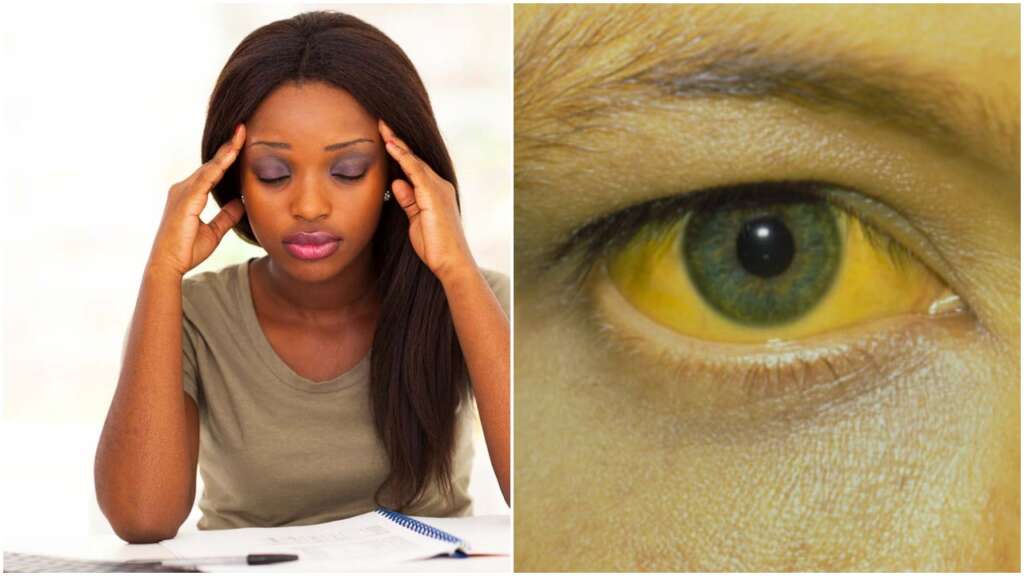Trends
Causes, symptoms and ways to prevent yellow fever
Yellow fever is a dangerous disease, potentially fatal flu-like illness caused by mosquitoes; the “yellow” in the name refers to jaundice that affects some patients.

Yellow fever is a dangerous disease, potentially fatal flu-like illness caused by mosquitoes; the “yellow” in the name refers to jaundice that affects some patients.
In mild cases, it causes fever, headache, nausea and vomiting. But yellow fever can become more serious, causing heart, liver and kidney problems along with bleeding. Up to 50% of people with the more severe form of it die of the disease.
Although, there’s no specific treatment for yellow fever. But getting a vaccine before travelling to an area in which the virus is known to exist can protect you from the disease.
Causes
Yellow fever is caused by a virus that is spread by the Aedes aegypti mosquito. These mosquitoes thrive in and near human habitations where they breed in even the cleanest water. Most cases of yellow fever occur in sub-Saharan Africa and tropical South America.
Humans and monkeys are most commonly infected with the yellow fever virus. Mosquitoes transmit the virus back and forth between monkeys, humans or both.
When a mosquito bites a human or a monkey infected with yellow fever, the virus enters the mosquito’s bloodstream and circulates before settling in the salivary glands. When the infected mosquito bites another monkey or human, the virus then enters the host’s bloodstream, where it may cause illness.
Symptoms
During the first three to six days after you’ve developed yellow fever — the incubation period — you won’t experience any signs or symptoms. After this, the infection enters an acute phase and then, in some cases, a toxic phase that can be life-threatening.
Less Serious Phase
Once the infection enters this phase, you may experience signs and symptoms which include:
- Fever
- Headache
- Muscle aches, particularly in your back and knees
- Sensitivity to light
- Nausea, vomiting or both
- Loss of appetite
- Dizziness
- Red eyes, face or tongue
Toxic Phase
Although signs and symptoms may disappear for a day or two following the less serious phase, some people then enter a toxic phase. During the toxic phase, former signs and symptoms return and more severe and life-threatening ones also appear. These can include:
- Yellowing of your skin and the whites of your eyes (jaundice)
- Abdominal pain and vomiting, sometimes of blood
- Decreased urination
- Bleeding from your nose, mouth and eyes
- Slow heart rate
- Liver and kidney failure
- Brain dysfunction, including delirium, seizures and coma
Prevention
A highly effective vaccine exists to prevent yellow fever. A single dose of the yellow fever vaccine provides protection for at least 10 years. Side effects are usually mild, lasting five to 10 days, and may include headaches, low-grade fevers, muscle pain, fatigue and soreness at the site of injection. More significant reactions — such as developing a syndrome similar to actual yellow fever, inflammation of the brain or death — can occur, most often in infants and older adults. The vaccine is considered safest for those between the ages of 9 months and 60 years.
More so, by getting the vaccine, you can help protect yourself against yellow fever by protecting yourself against mosquitoes.
To reduce your exposure to mosquitoes:
- Avoid unnecessary outdoor activity when mosquitoes are most active.
- Wear long-sleeved shirts and long pants when you go into mosquito-infested areas.
- Stay in air-conditioned or well-screened housing.
- If your accommodations don’t have good window screens or air-conditioning, use bed nets. Nets that have been pre-treated with insecticide offer additional protection.
